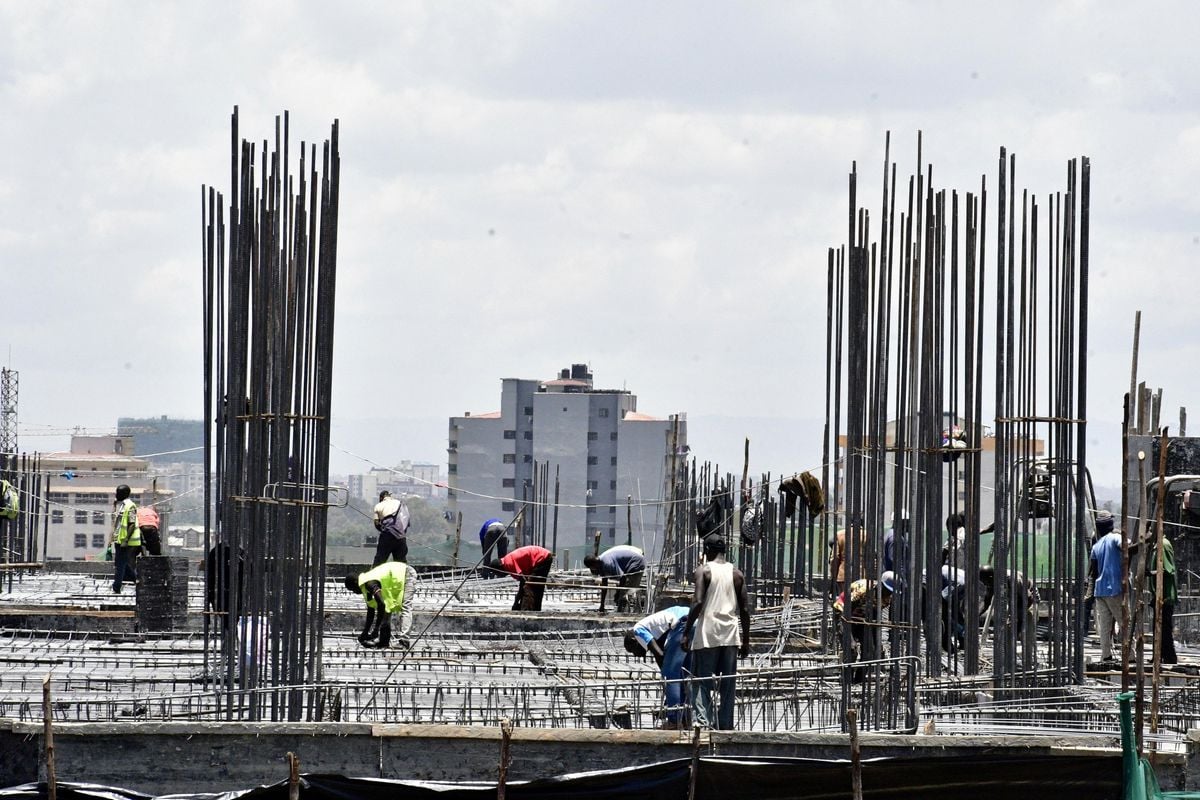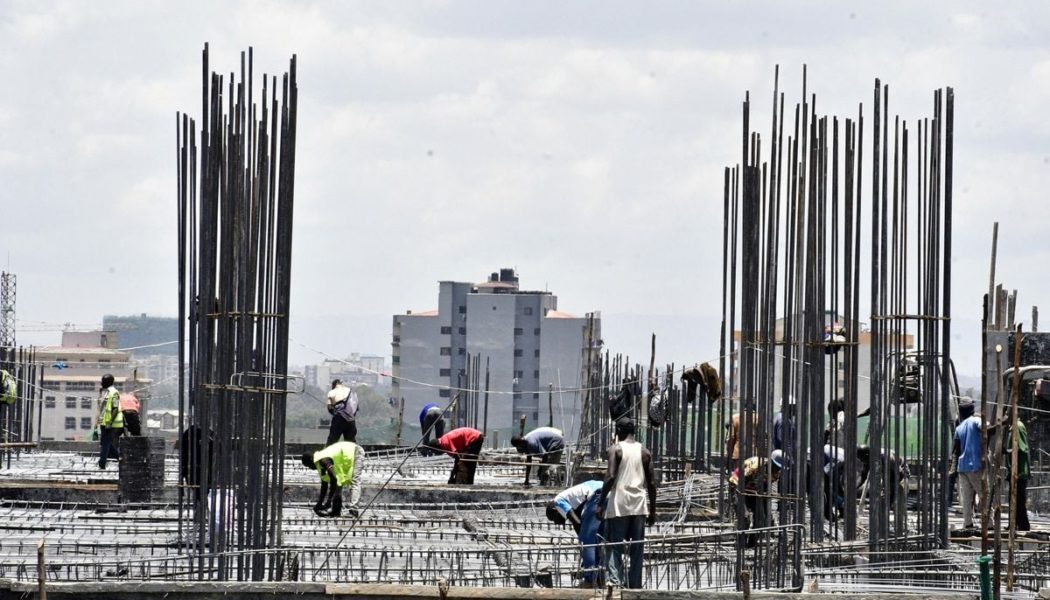
The construction sector posted the slowest growth in 17 years as retired President Uhuru Kenyatta’s debt-funded building construction bonanza of roads, railways, and airports fizzled out.
Fresh data from the Kenya National Bureau of Statistics (KNBS) shows that the sector grew by 0.1 percent in the first three months of the year, the slowest growth since the first quarter of 2007 when it shrunk by 4.1 percent.
“During the quarter under review, the construction sector registered a decelerated growth of 0.1 percent, down from the 3.0 percent growth recorded in the first quarter of 2023,” said the KNBS in the quarterly Gross Domestic Product Report.
The construction boom—whose climax was the completion of the Chinese-funded standard gauge railway (SGR)—was a major driver of economic growth at the height of Kenyatta’s presidency.
President William Ruto has not had the luxury of chalking up additional loans to build mega infrastructure projects having inherited a government that had run out of borrowing headroom.
In the first-quarter consumption of cement, a leading economic indicator, also declined as the William Ruto-led administration put infrastructure construction such as roads, bridges, tunnels, railways, airports, and seaports on the ice.
Cement consumption declined by 12.7 percent to stand at 1.94million tonnes from 2.23 million in the corresponding period of 2023. Road construction might have particularly been a major drag on the sector, with imported bitumen decreasing from 25,482.6 tonnes recorded in the first quarter of 2023 to 17,237.8 tonnes in the period under review, the data shows.
The fall in construction coincided with a record slump in imported clinker, the key material for the manufacture of cement after Kenya imposed a new levy on the input to spur local production.
The prices of construction materials have gone up due to levies on items such as clinker which saw imports decline by 77 percent last year, said Ken Gichinga, chief economist at Mentoria Economics, a think tank.
“So, despite Kenyans acquiring parcels of land, many have postponed actual construction work,” he added.
The government introduced a 17.5 percent export and investment promotion levy last year on imported clinker, which was aimed at boosting local promotion.
The new duty has not only resulted in a reduction in imported clinker, but cement consumption has also dropped even as retail prices have shot up.
The quantity of imported clinker in the review period dropped by 99.4 percent to 888.9 tonnes from 144,921.70 tonnes in the same period last year.
Shortage of clinker has since pushed up the cost of construction, with the ex-factory of a bag of cement going for as high as Sh1,000 in Western Kenya in March from Sh500 in the same period last year.
Cement manufacturers, mostly the small ones, have decried the shortage of clinker, despite being promised sufficient supply.









